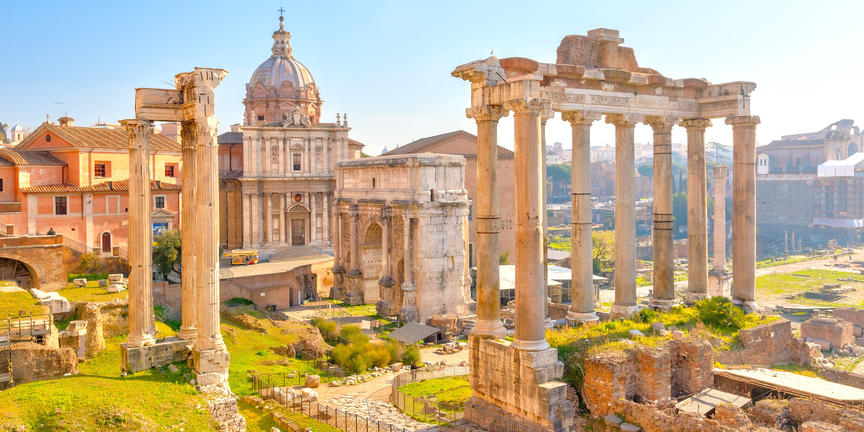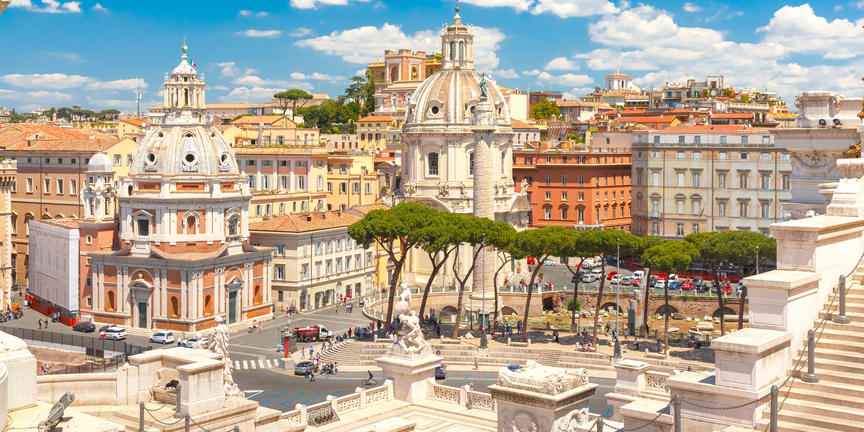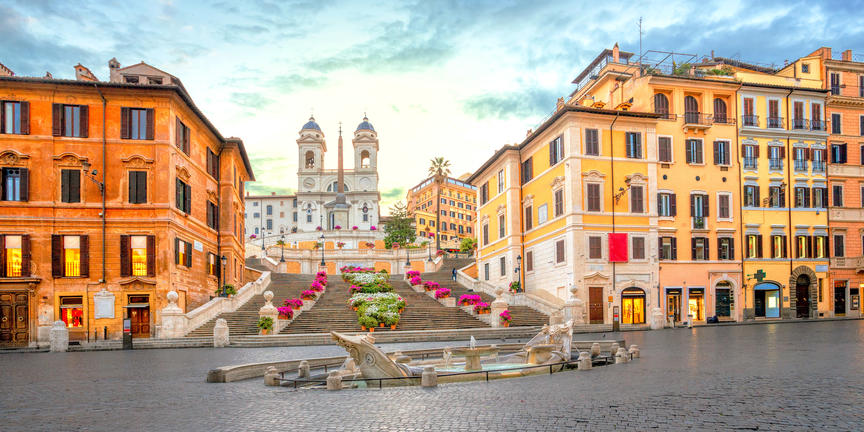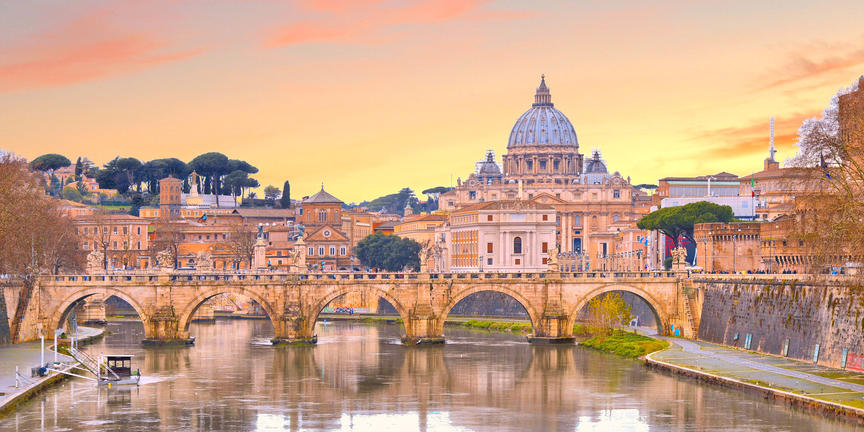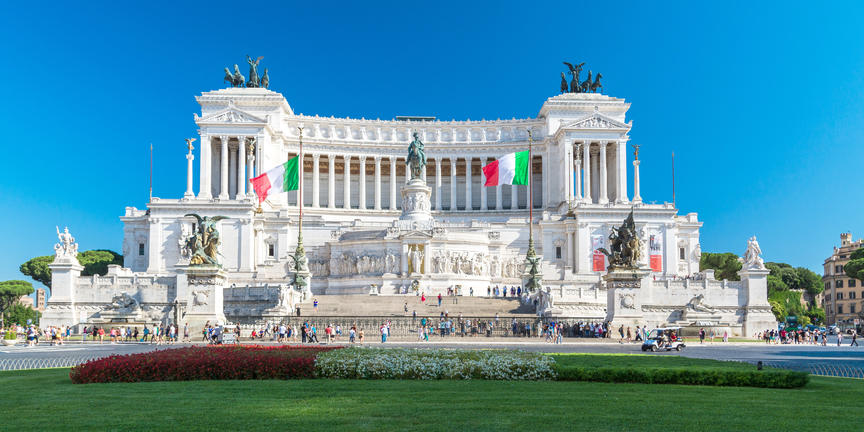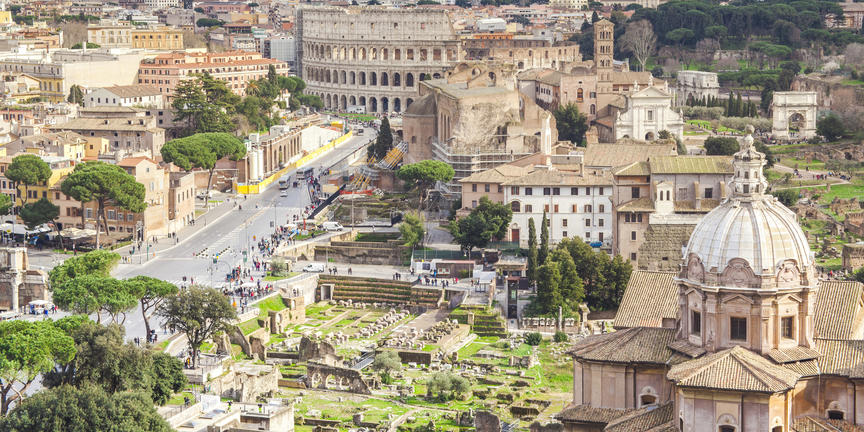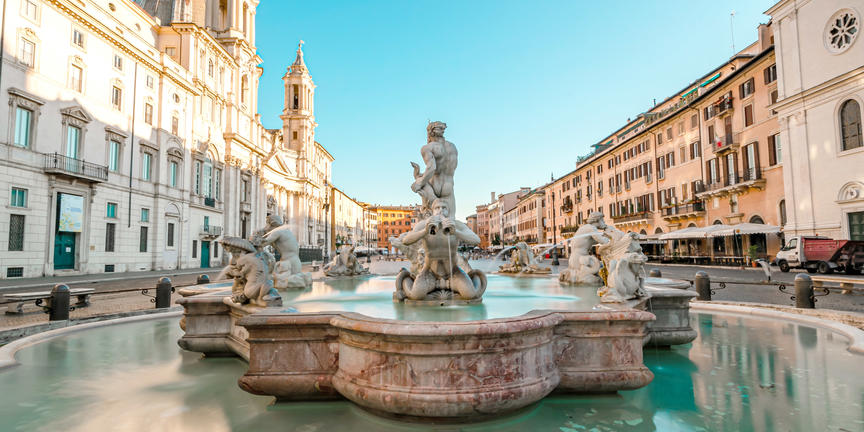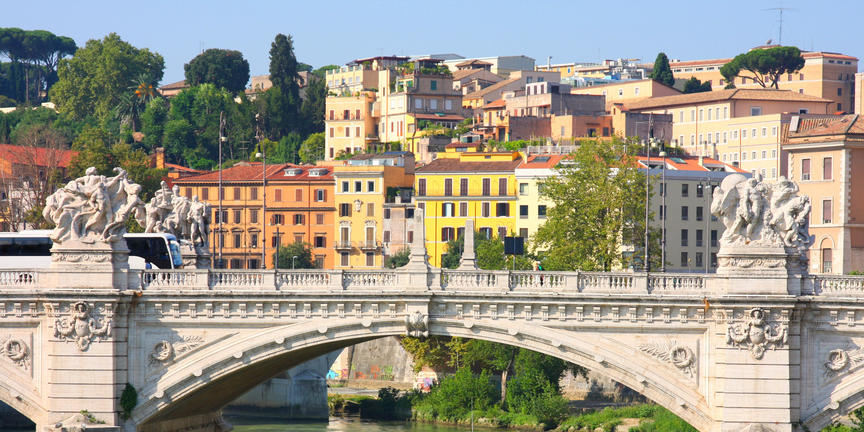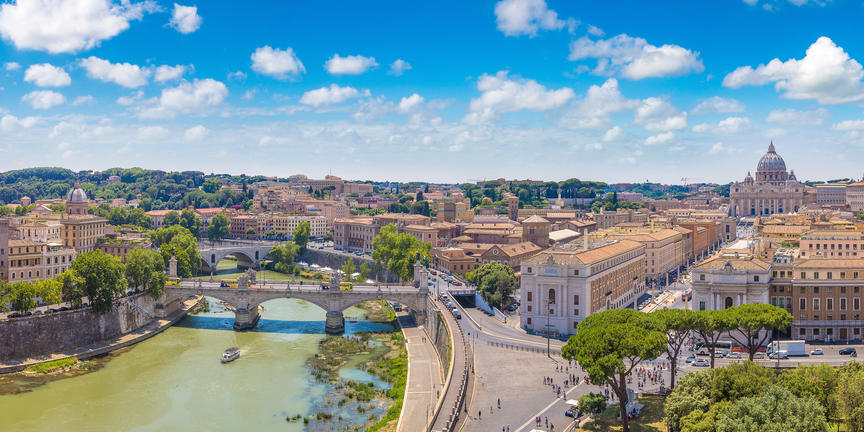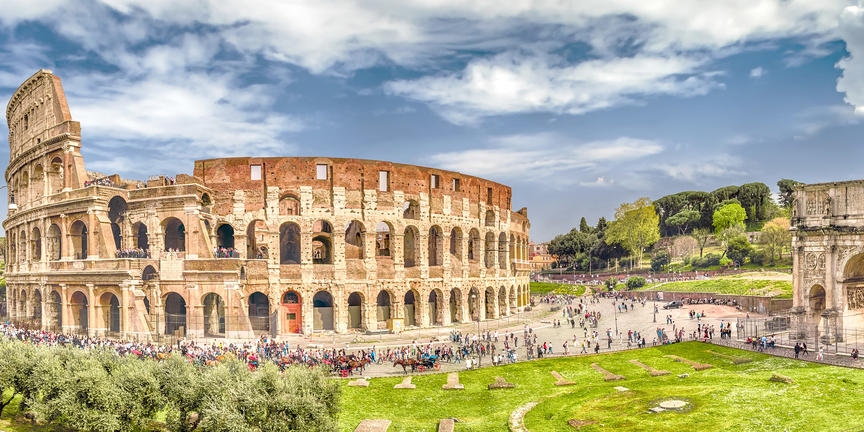The vibrant metropolis, Milan, it the capital of Italy’s Lombardy region, in northern Italy. Always at the forefront of international fashion, Milan’s sophisticated glitzy facade has afforded it a reputation for superficiality and excessive consumerism. However, beneath its exterior hides a treasure trove of historical and architectural delights: from its glorious Gothic churches, Baroque mansions and Art Nouveau palazzos, to the striking, modern skyscrapers of the Porta Nuova financial district. Must-see sites include the spectacular Duomo Cathedral, the glass-vaulted Galleria, and of course La Scala, one of the world’s most famous opera houses. Milan caters for a broad range of interests: those in search of some glorious designer retail therapy will be well sated, but so too will those looking for fascinating historical sites and remarkable architectural marvels.
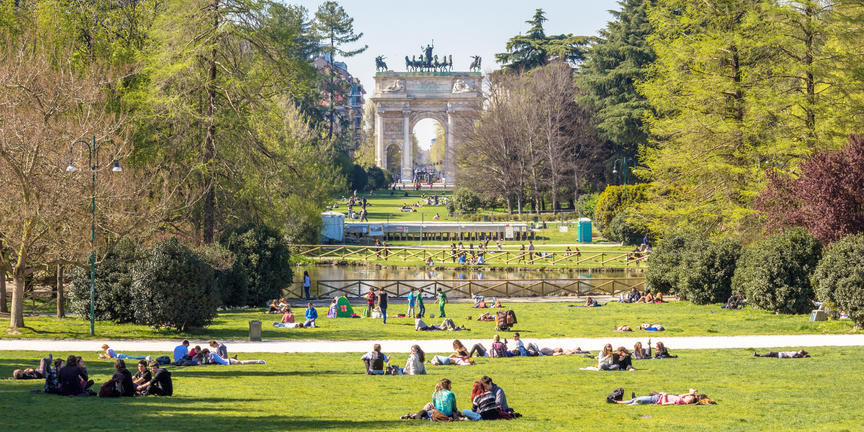
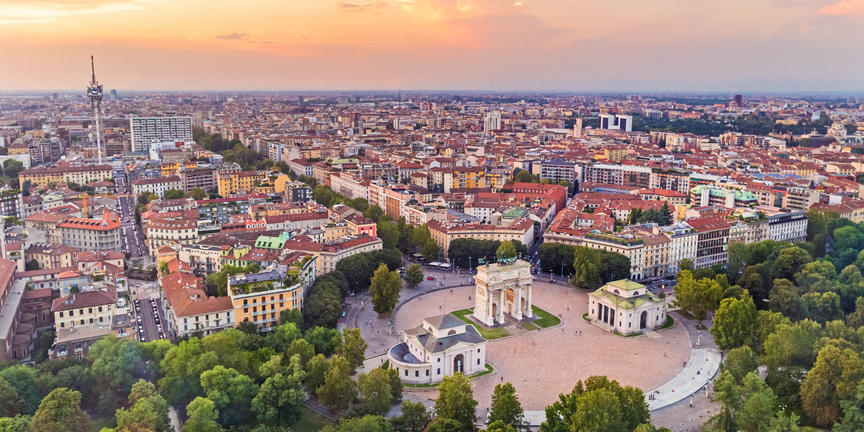
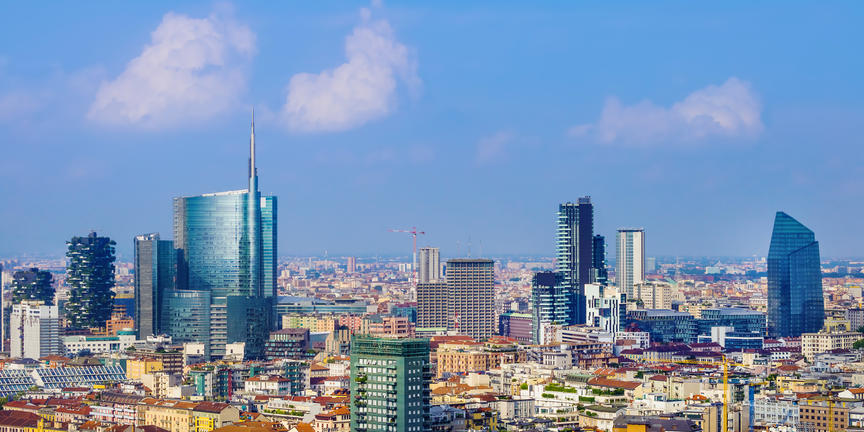
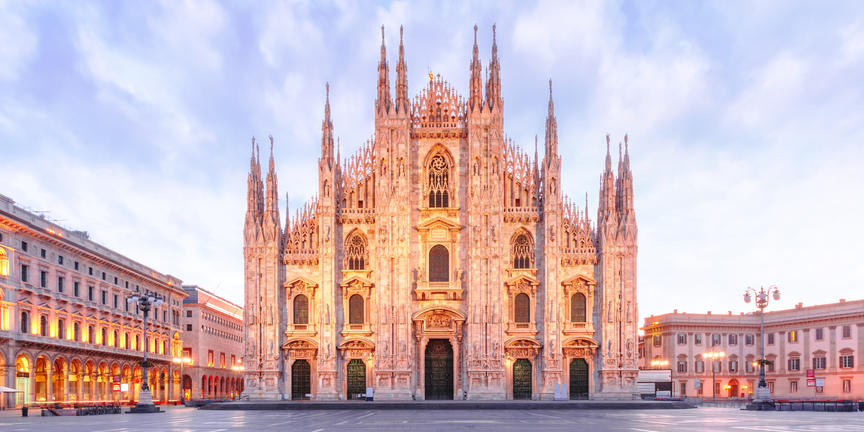
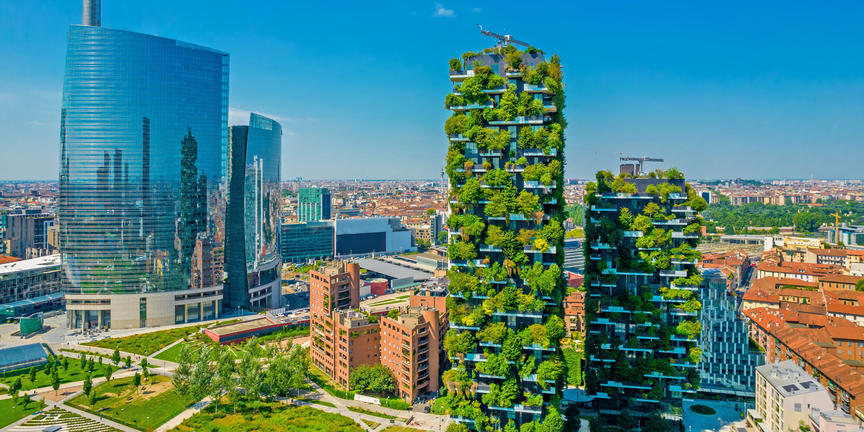
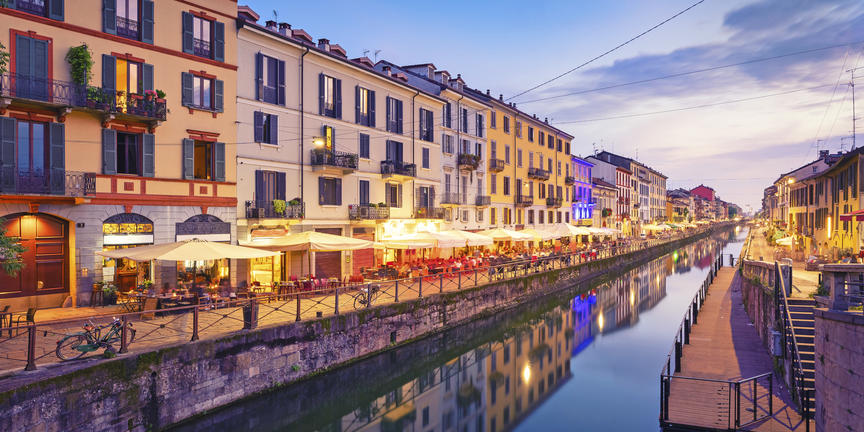
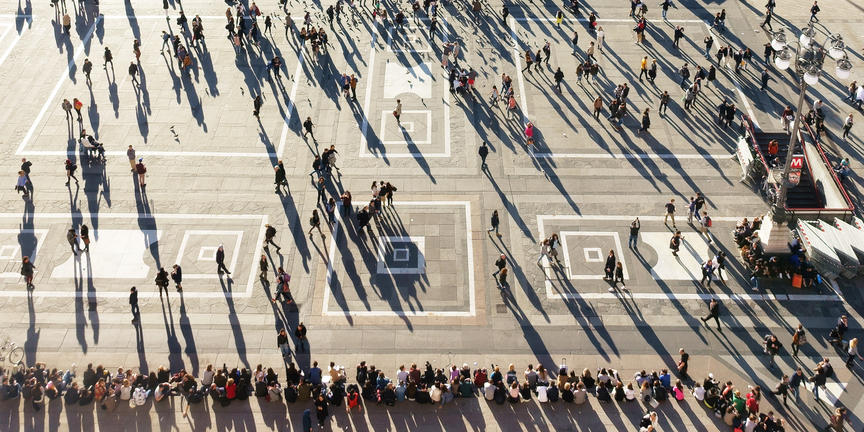
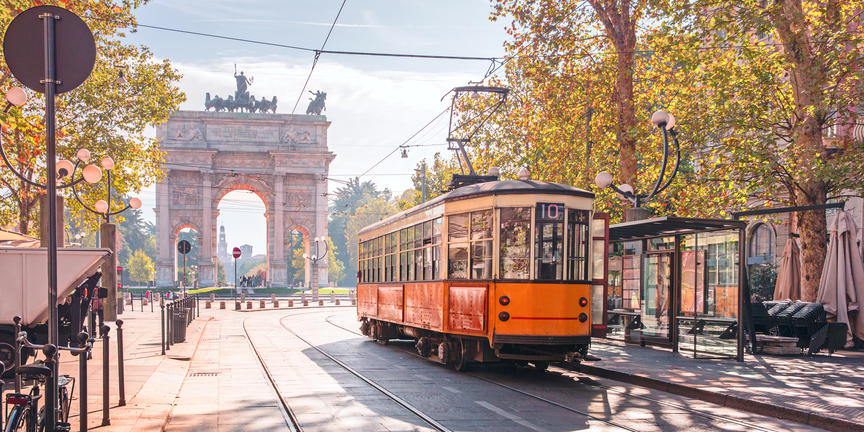
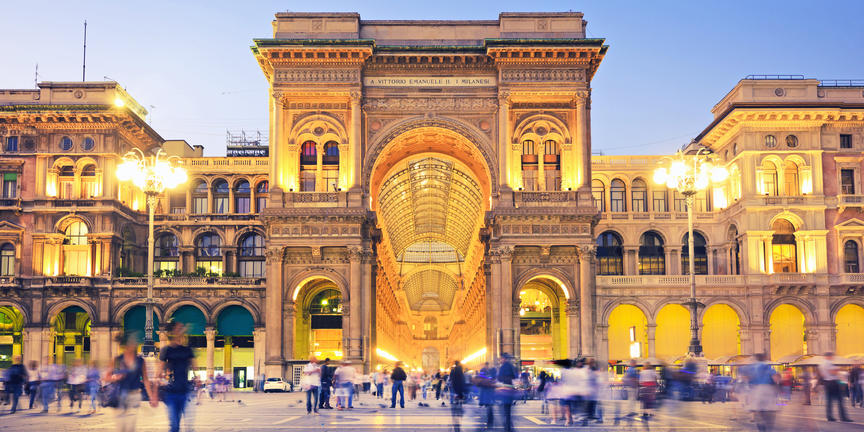
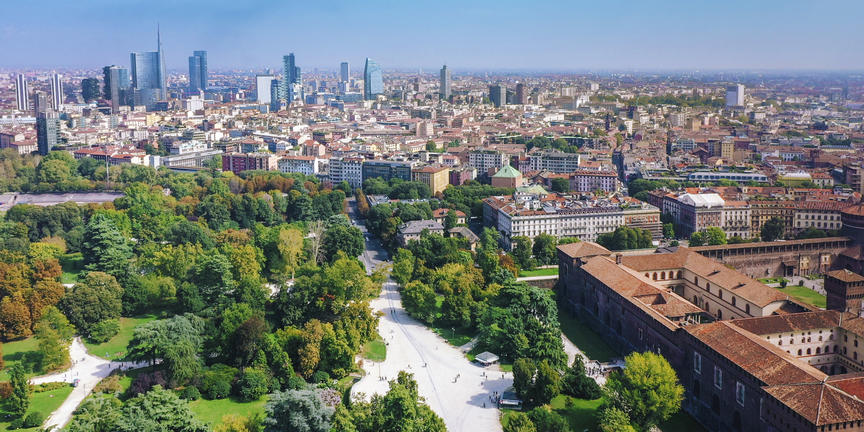
Amidst the fertile plains of northern Italy, 15 kilometres southwest of Verona, Villafranca di Verona awaits, a haven for history enthusiasts. Here, during the Scaligeri dynasty, the town held immense military significance, with the elegant Scalieri Castle standing as a testament to its past. Villafranca played a crucial role in the Risorgimento, a 19th-century movement for Italian unification that established the Kingdom of Italy in 1861—hosting the historic 1859 meeting between Emperor Franz Joseph I and Napoleon III, resulting in the Peace of Villafranca. Inside the elegant Palazzo del Treatto lies the Risorgimento Museum, highlighting Villafranca's role as the Piedmontese headquarters. Other notable buildings include the Oratory of San Giovanni della Paglia and the fresco-adorned Oratory of San Rocco. The town hosts a vibrant weekly market with fresh produce and local crafts.
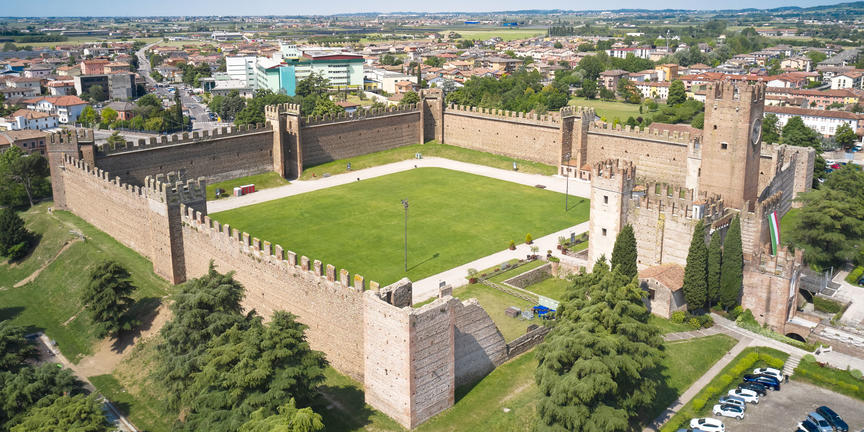
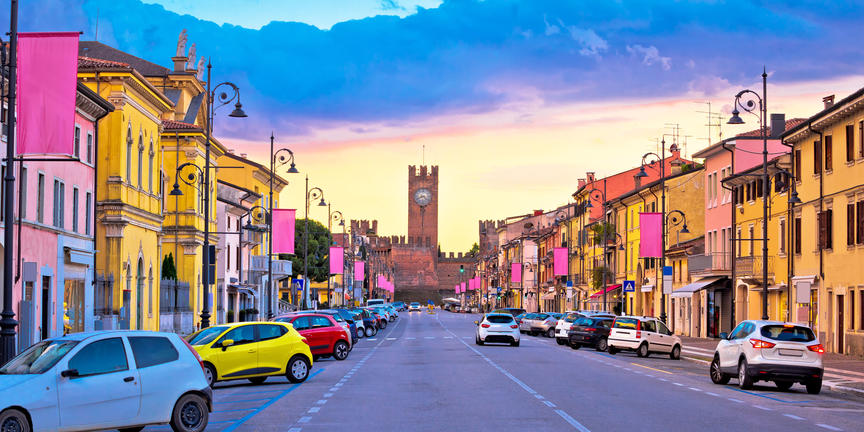
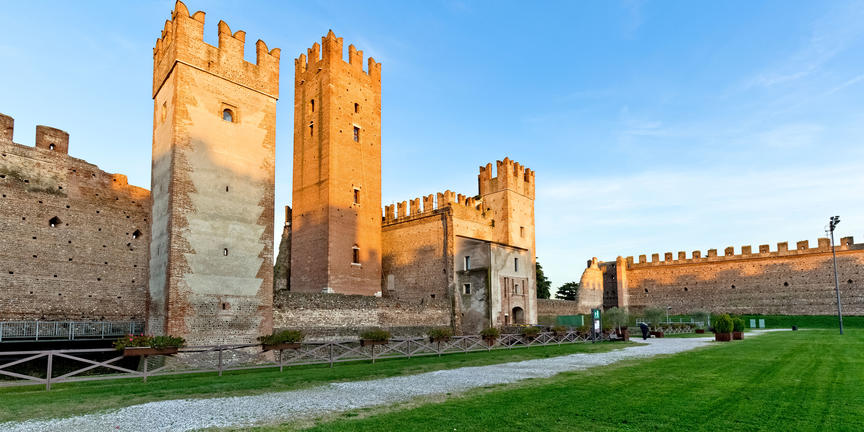
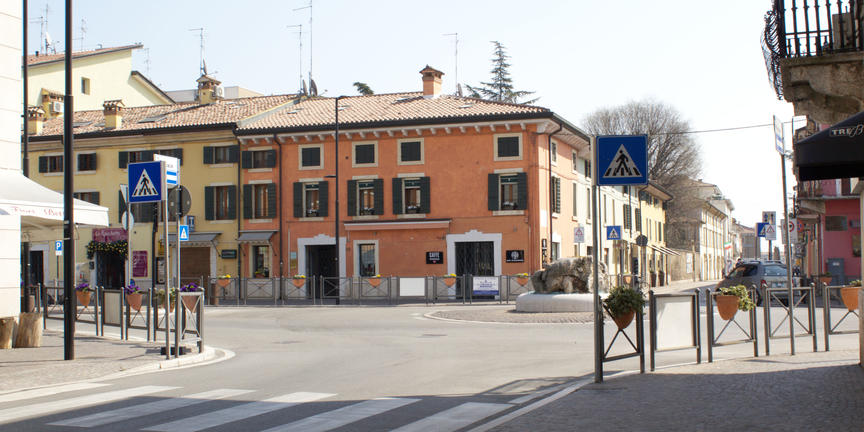
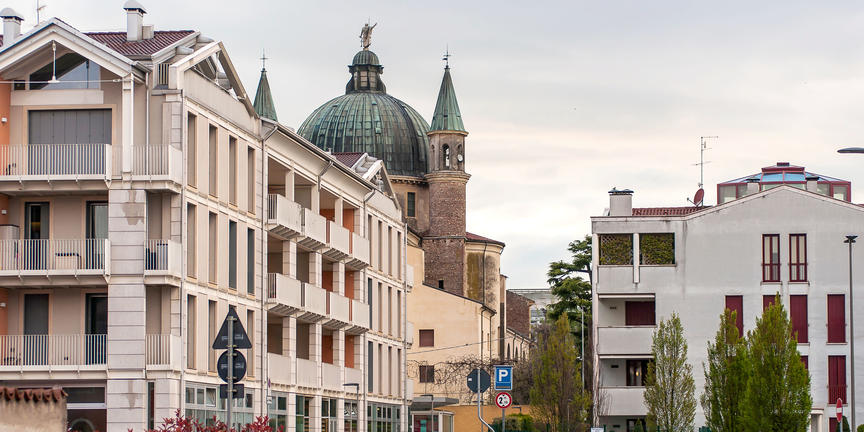
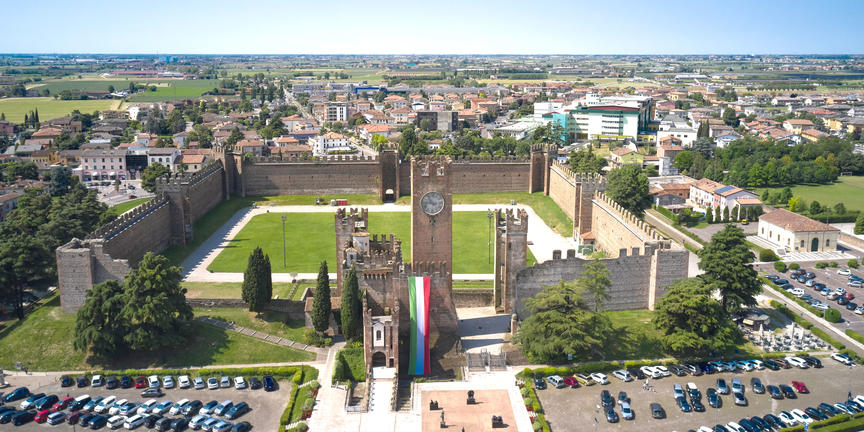
Mestre is both part of Venice and considered a distinct area. The city is incredibly alluring, featuring picturesque canals, piazzas, historic buildings, and pristine green parks. Of the many heritage attractions, must-sees include the enthralling Teatro Toniolo, and the Piazza Ferretto, a paradise for gourmands with its numerous eateries. Two of the best parks are the Parco San Giuliano, featuring a unique view of the Venice Lagoon and holding regular concerts, and the Parco Bissuola, which offers excellent sports facilities. Culture lovers will delight in the numerous art galleries and museums on offer. Make sure to visit the Museo M9 - Polo Culturale, which takes its guests through fascinating journeys on different themes (popular culture, politics, and more) with interactive displays creating an immersive narrative experience.
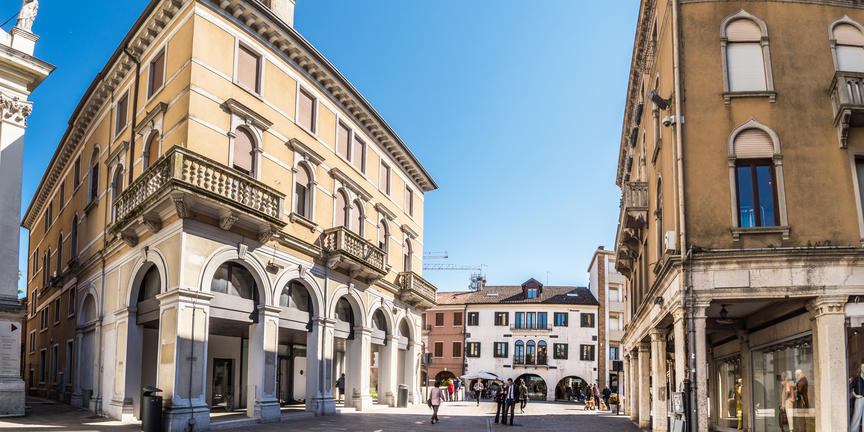
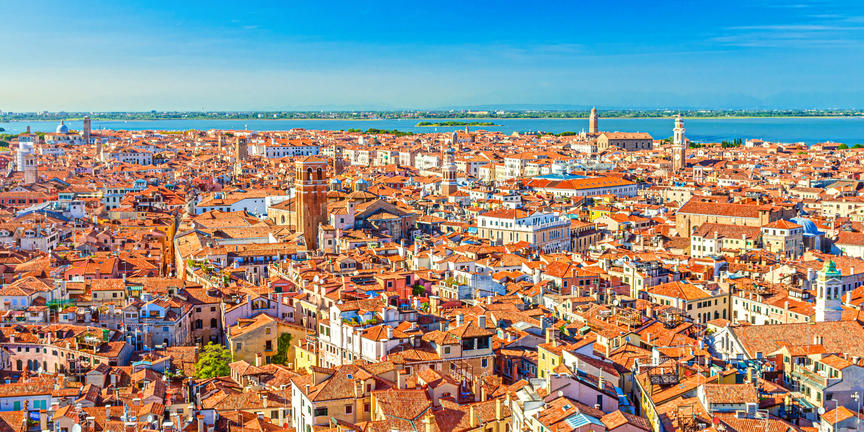
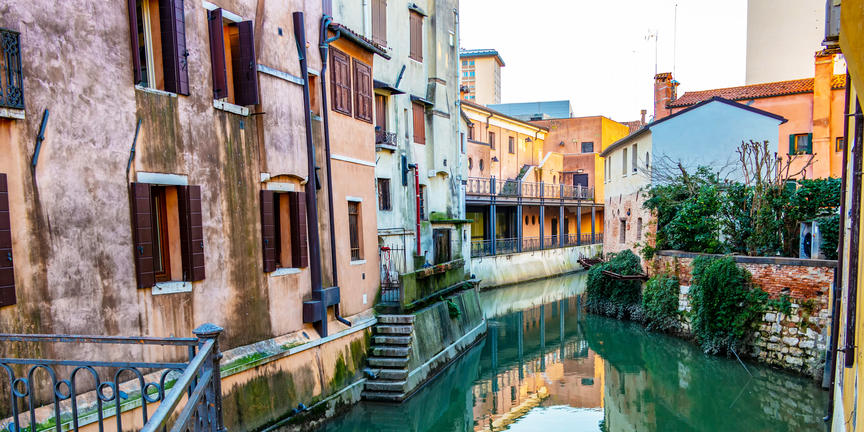
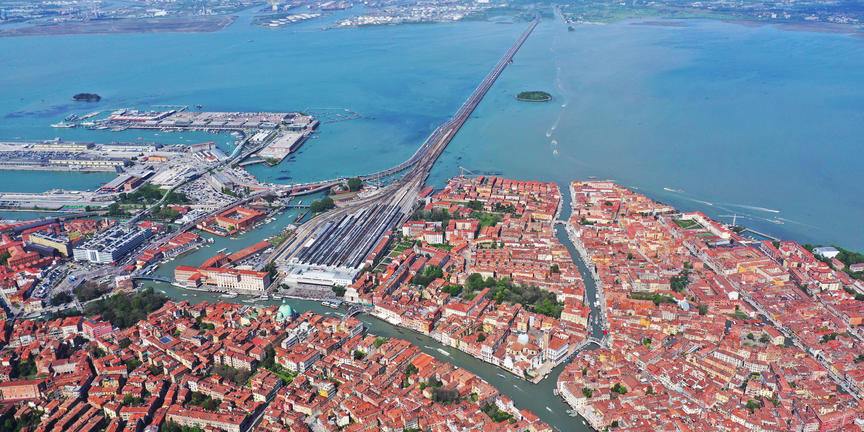
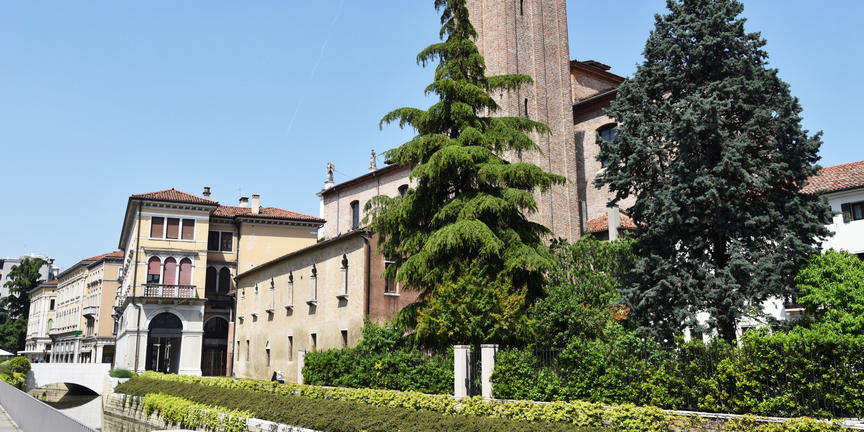
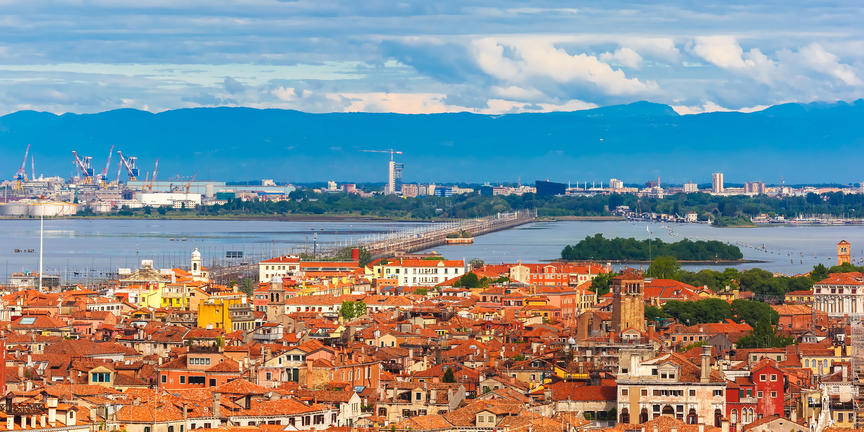
Located in the Liguria province of northern Italy, La Spezia rests on the shores of the Mediterranean Sea. This bustling port city is the second-largest city in the region. Wander the charming streets of the historic centre, soak up the views from the centuries-old Castello di San Giorgio, and browse fine Italian art at the Museo Civico Amedeo Lia. Home to a major Italian naval base, La Spezia also features a rich seafaring heritage with a fascinating Technical Naval Museum to see. From here, travellers can easily visit the Cinque Terre, a string of five famous seaside villages dotting the scenic coast, and the picturesque islands of Tino, Tinetto, and Palmaria dotting the Gulf of the Poets.
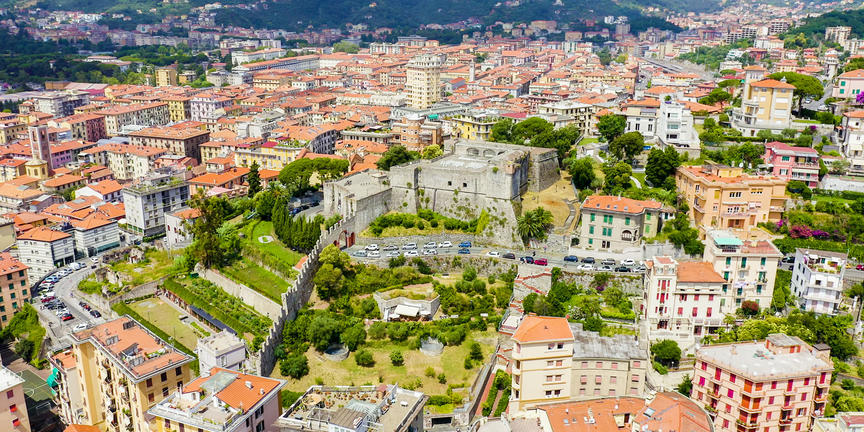

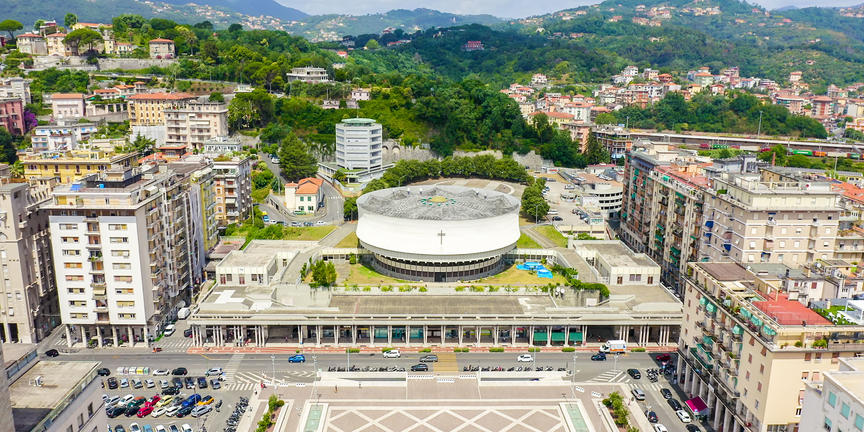
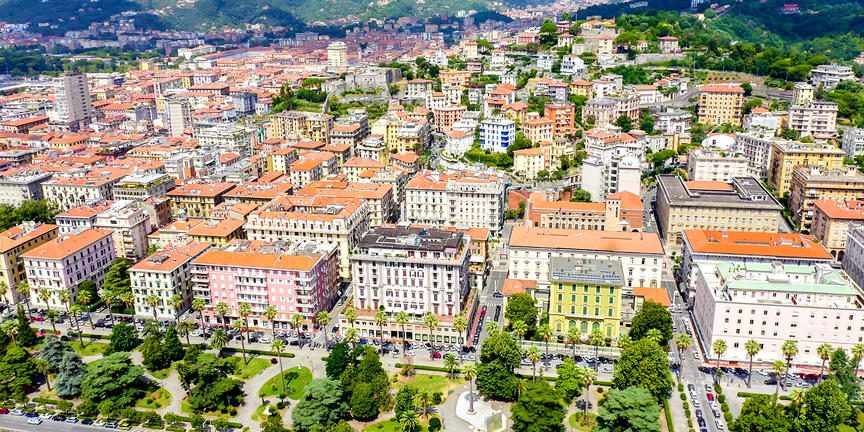
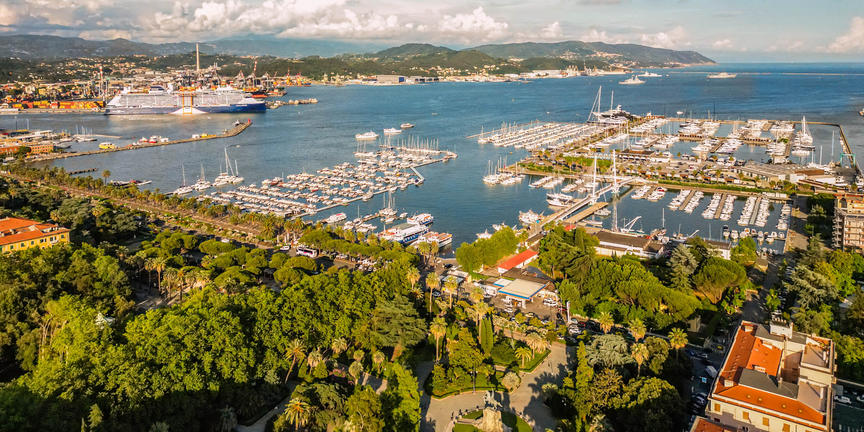
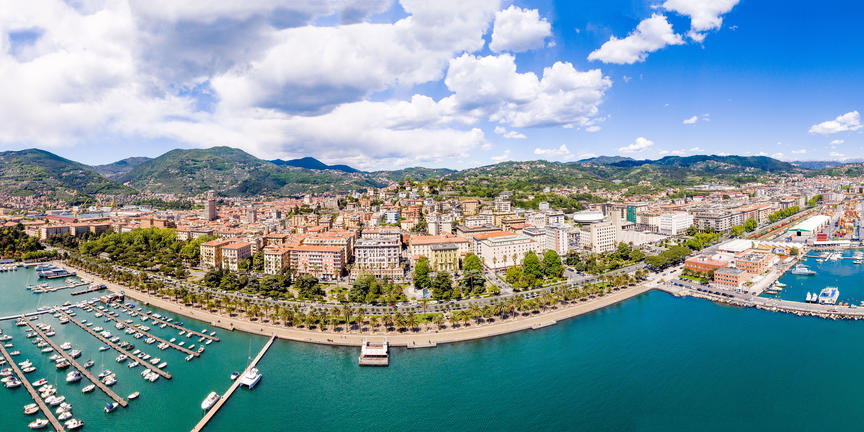
The gorgeous capital of Italy’s Tuscany region, Florence, lies towards the centre of the country, a tiny city with a massive heart and an even larger supply of artistic and historical treasures. For centuries, travellers have flocked en masse to the birthplace of the Renaissance movement to marvel at its abundant array of grandiose masterworks of architecture and art. Paramount to any itinerary are Michelangelo’s David, the awe-inspiring Botticelli works, the Uffizi (packed to the brim with pieces by Caravaggio and Da Vinci), and, of course, Brunelleschi’s remarkable cupola, the religious heart of Florence, which dominates the skyline. Once these popular tourist favourites have been ticked off, take a stroll around the alluring Boboli Gardens or climb the hill to the church of San Miniato al Monte to experience enthralling views of this beautiful, beguiling city.
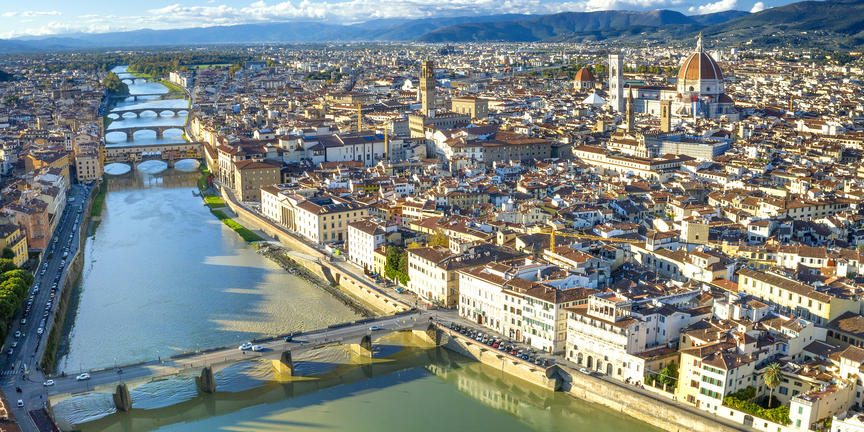
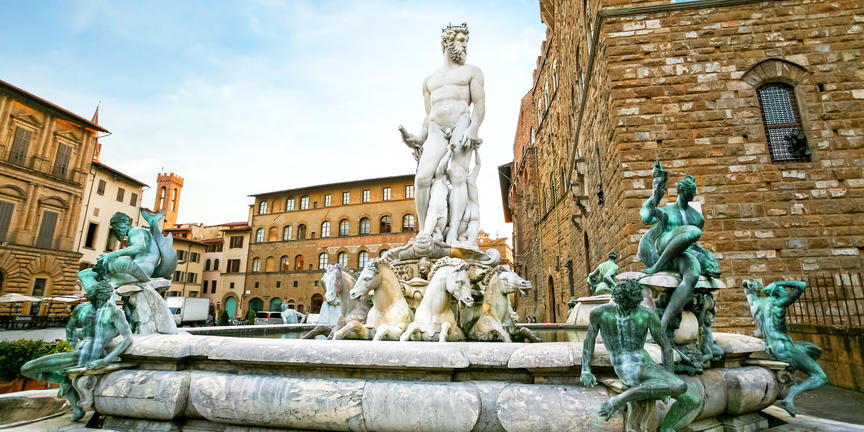
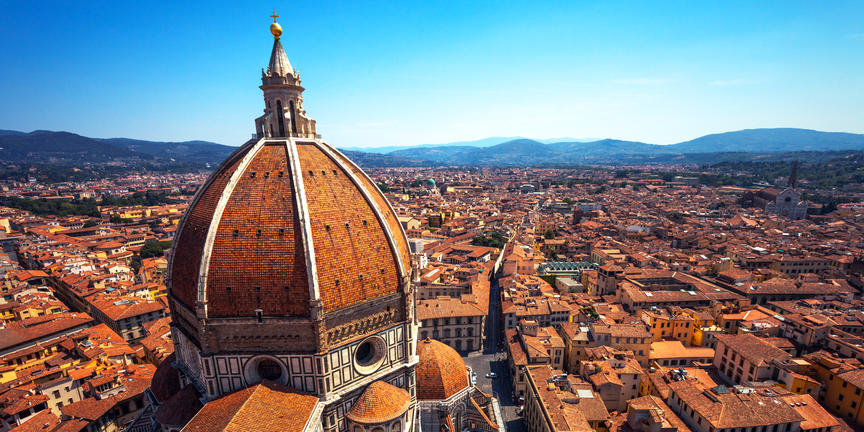
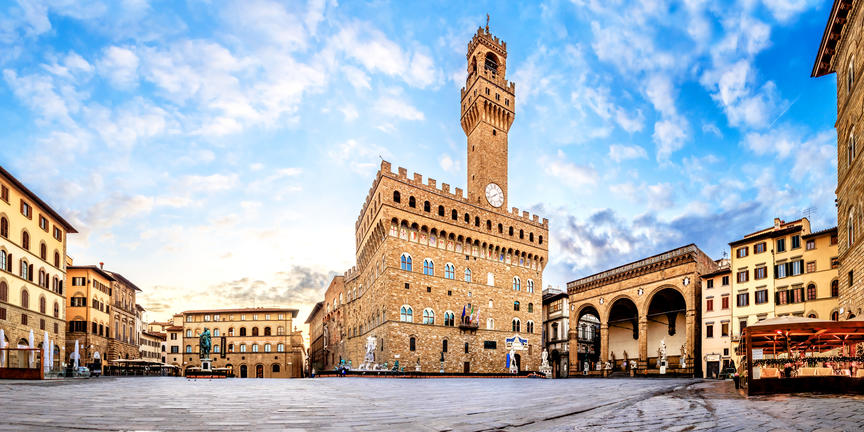
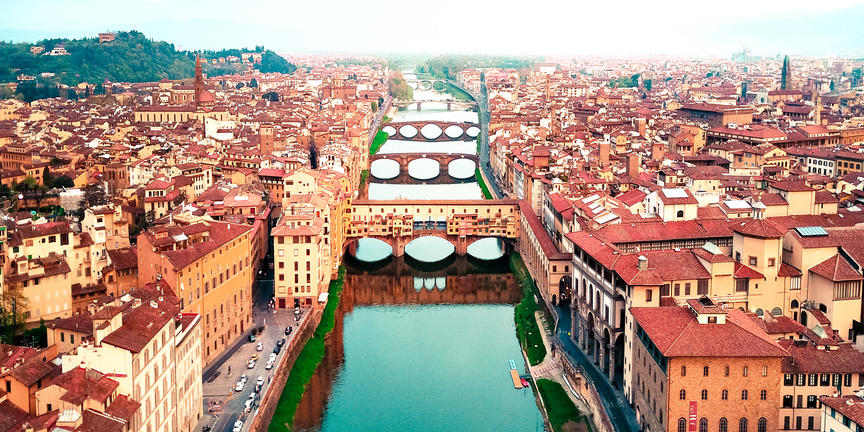
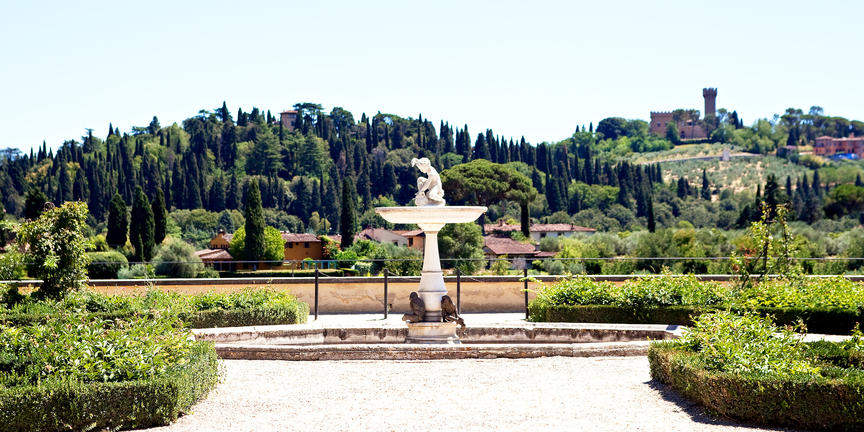
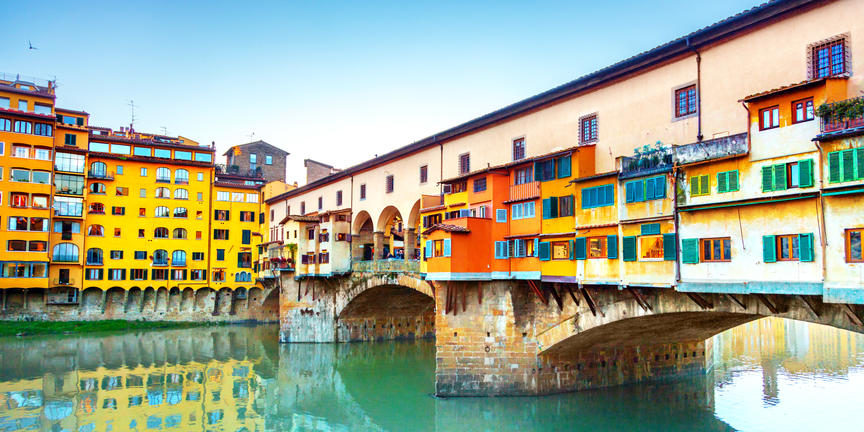
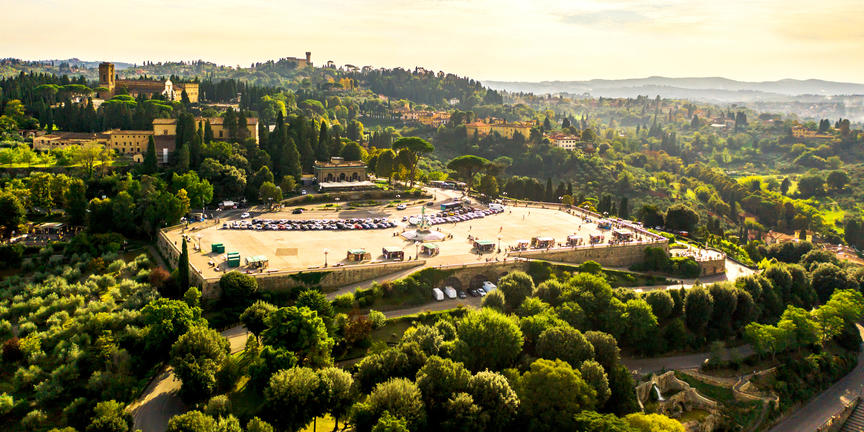
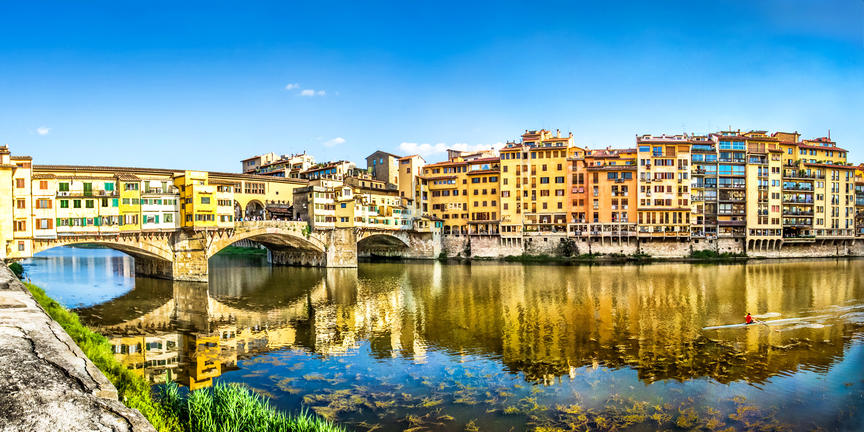
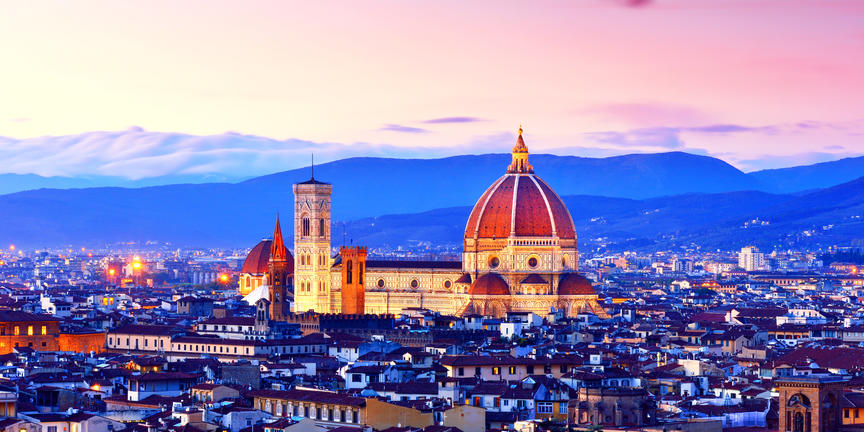
Presided over by mighty Mount Vesuvius, with the remarkable archaeological site of Pompeii on its doorstep, the historical Mediterranean city of Naples has a long and fascinating history. Naples predates the Italian state and the Roman Republic by centuries, resulting in a virtually unrivalled bounty of Greek and Roman artefacts. Naples is unlike any other Italian city - it is huge, edgy, and disorderly, and yet this contemporary mayhem carries on against a backdrop of some of Italy’s grandest and most impressive historical squares, world-class museums, and breathtaking Baroque masterpieces. As the birthplace of pizza and home to arguably the most sumptuous culinary scene in a country famous for its excellent food, Naples boasts numerous gastronomic establishments to thrill food lovers with all manner of tasty delights.
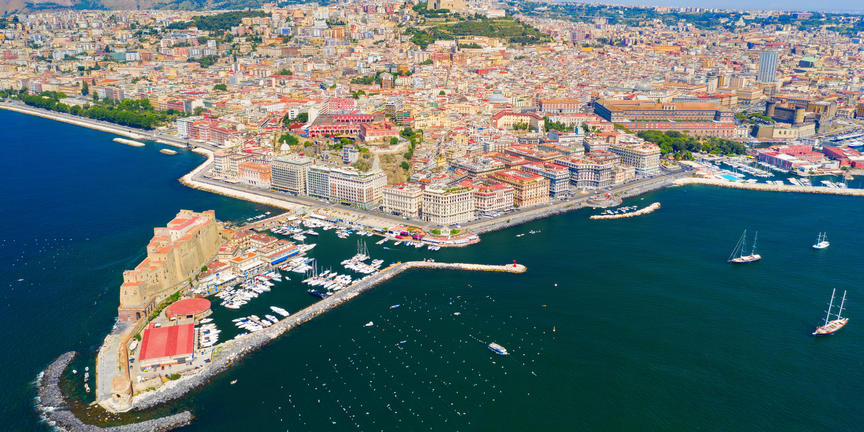
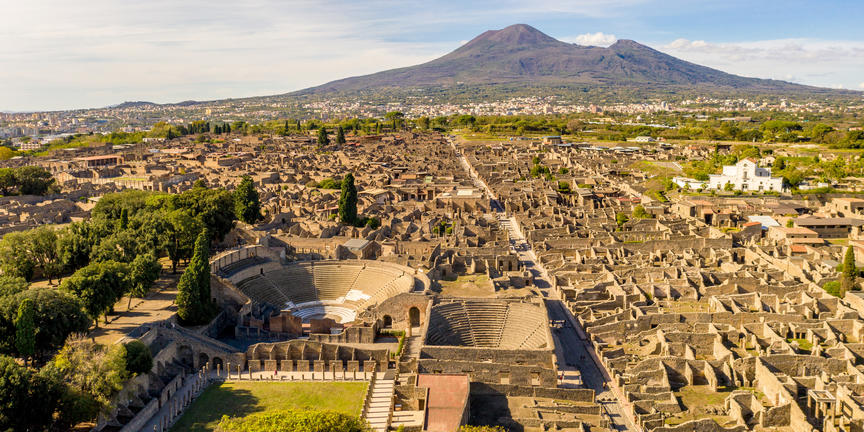
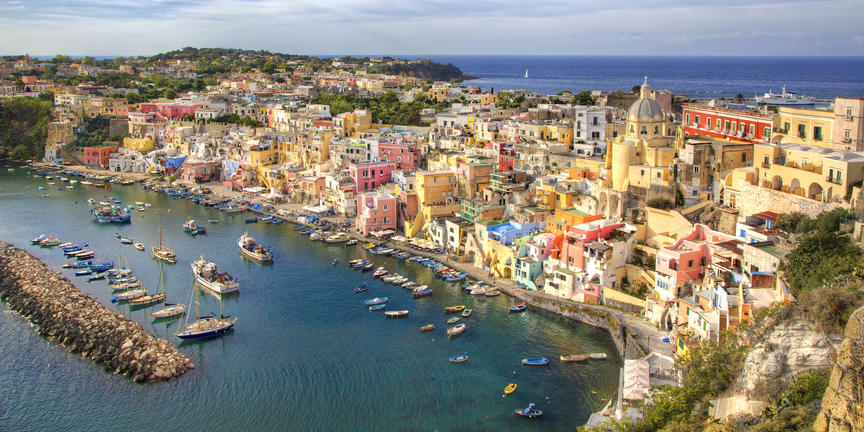
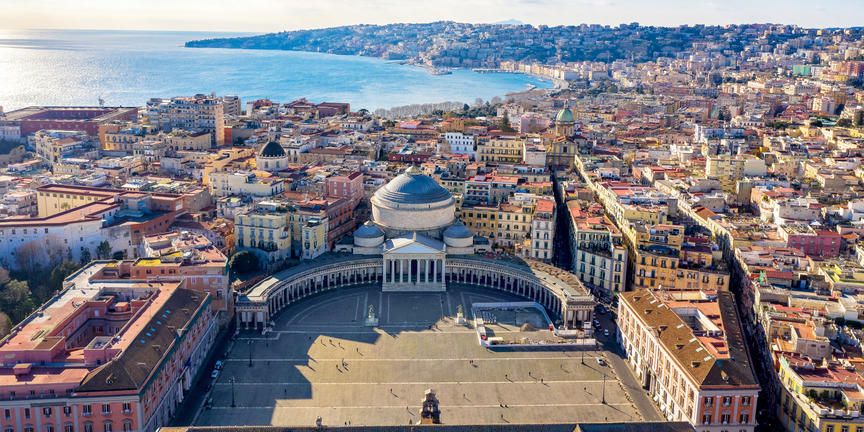
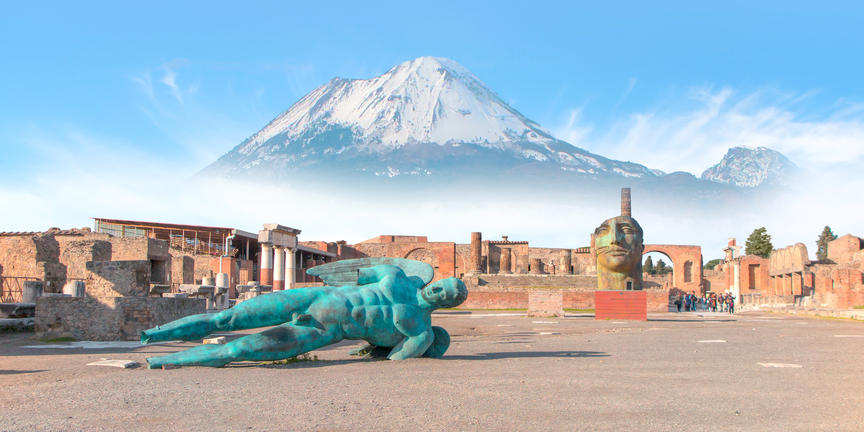
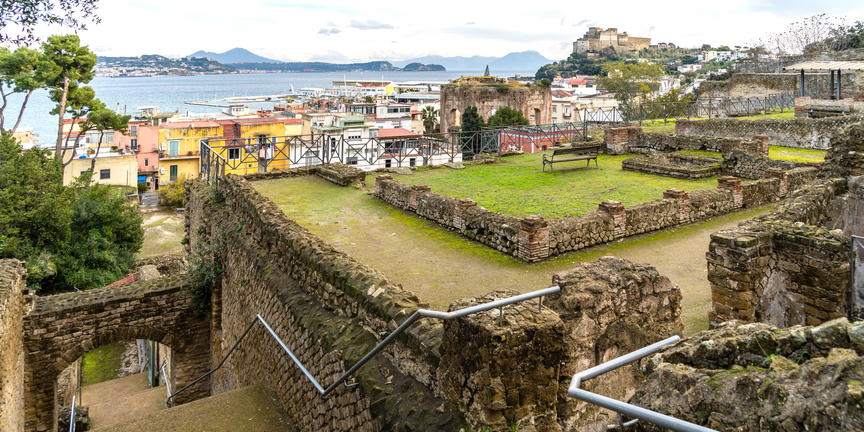
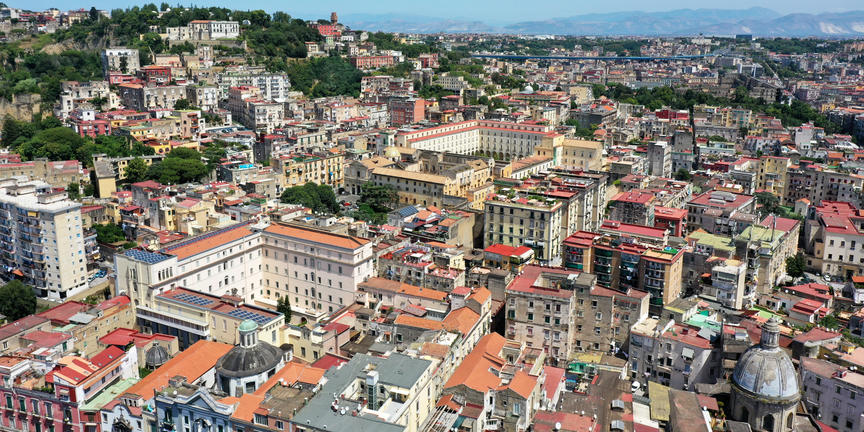
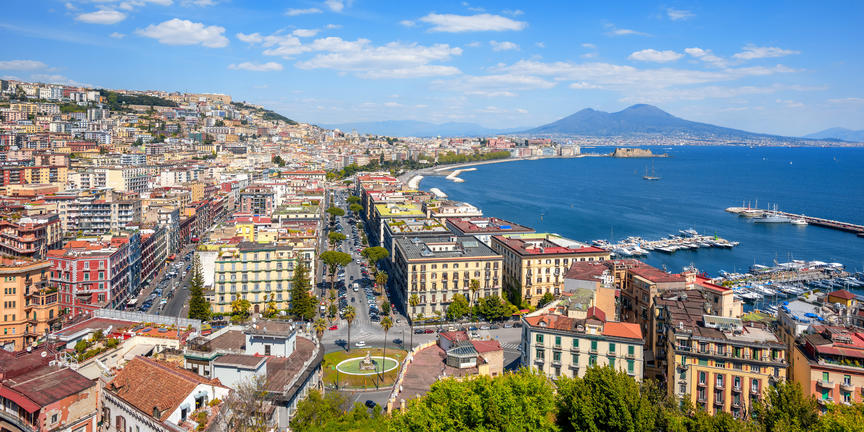
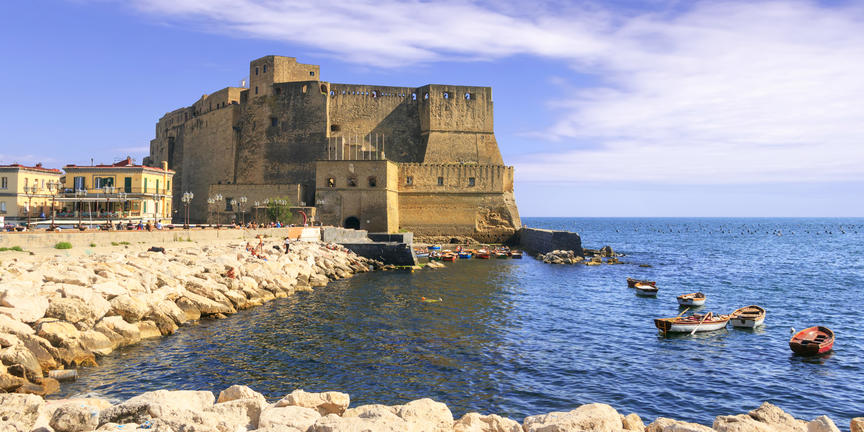
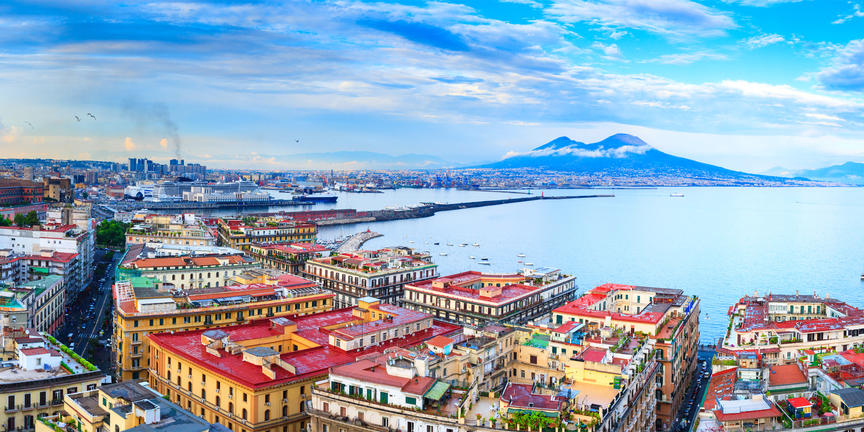
Rome, the capital of Italy’s Lazio Region in the central-western part of the peninsula, is a city that remains virtually unrivalled in the sheer volume and diversity of its cultural repertoire. One could spend months here and still only scratch the surface of treasures to be discovered in this phenomenal ancient city. 3000-odd-years of haphazard urban development has resulted in a complex cocktail of art, history, and architecture full of fascinating cultural clashes and contrasts. Classical ruins as well as countless early Christian catacombs and clandestine churches sit alongside (or beneath) magnificent Renaissance palazzos and breathtaking Baroque fountains. This unique combination of a rich historical tapestry interweaved with a thriving and vibrant modern community living life to its fullest as only the Italians can, makes Italy's Eternal City one of the world's most intriguing and inspiring tourist destinations.
